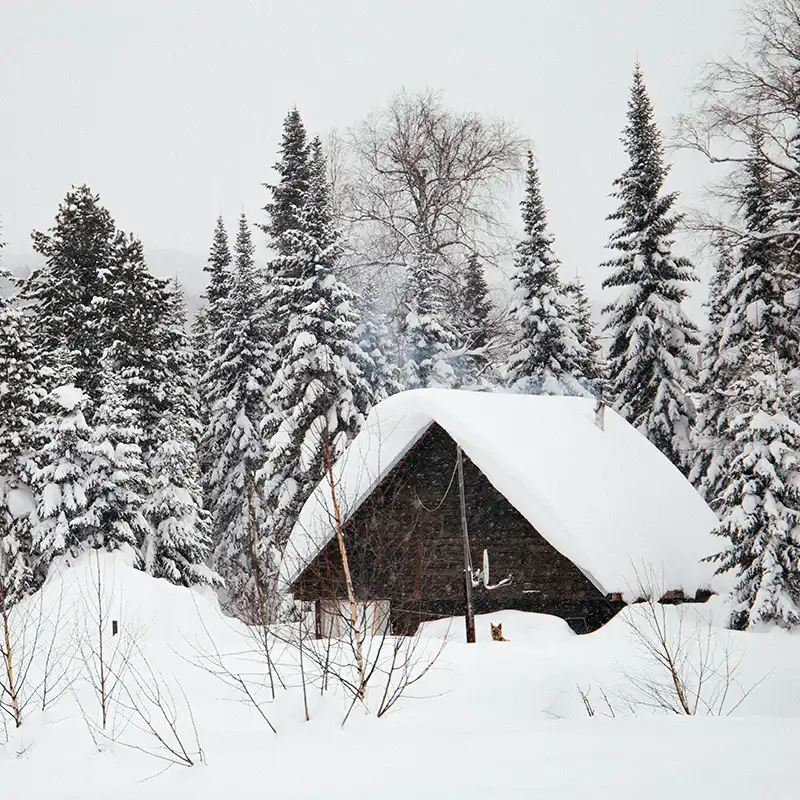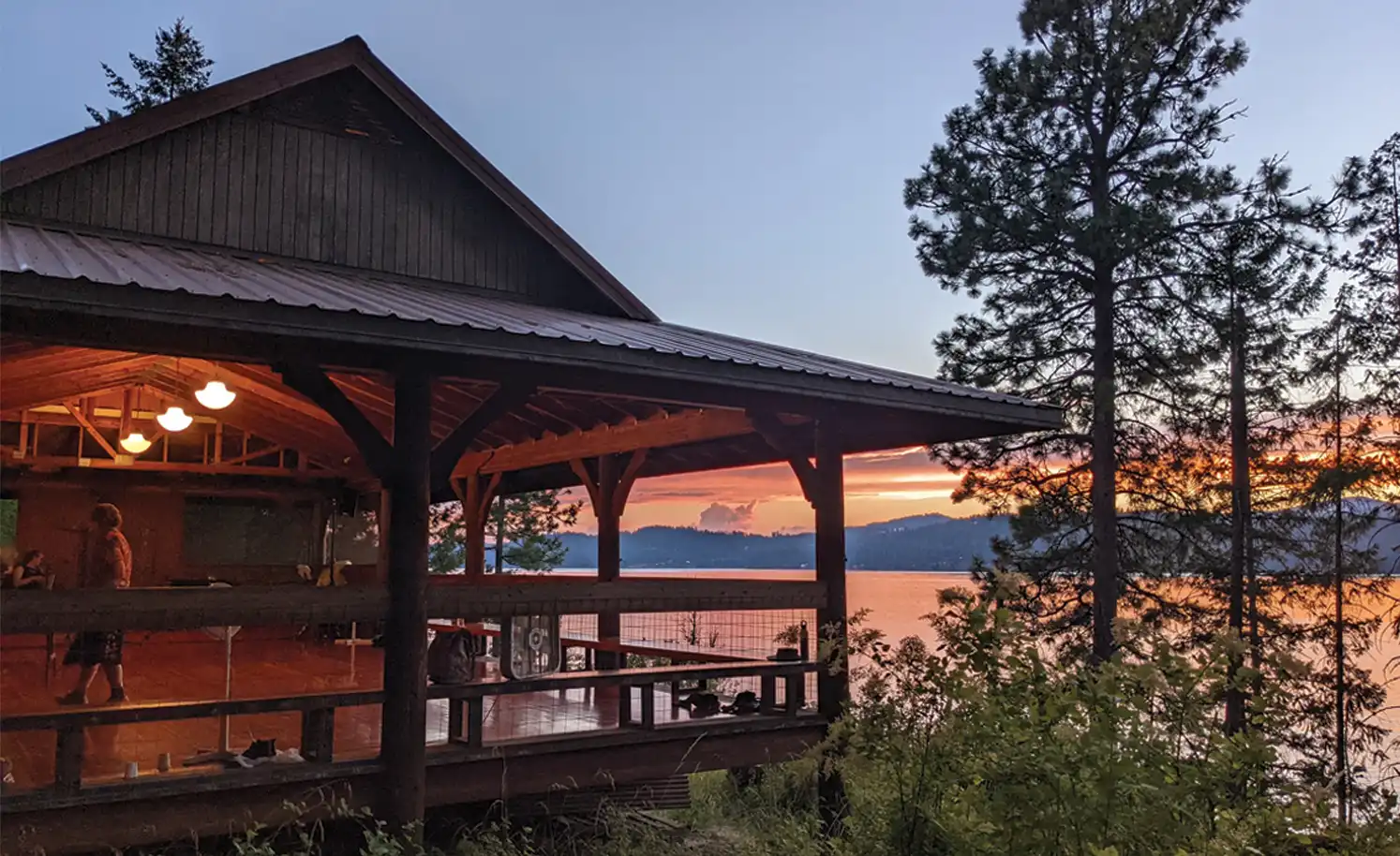Bob Bovee introduces “Back to My Wyoming Home.” Bob says that it’s an old-time song, not an “authentic” cowboy song, but it evokes the mood of a cowboy singing by a campfire.


Bob Bovee introduces “Back to My Wyoming Home.” Bob says that it’s an old-time song, not an “authentic” cowboy song, but it evokes the mood of a cowboy singing by a campfire.

Thank you for all your support this year! Please enjoy this concert with Supertrad, featuring Stuntology with Sam Bartlett.

Join Diane Silver this fall (Tuesdays, Oct. 28, Nov. 4, Nov. 11) for a free three-part online workshop on building community culture and safety guidelines for your local dance, music, and song events. Learn more and register!

Joel Mabus presents his original song “Panhandle Prairie,” a Dust Bowl ghost story. Folklorists would find it similar to “The Unfortunate Rake,” “The Dying Cowboy,” and others.

The latest issue of the CDSS News is out now! Read an exciting update about Rise Up Singing; hear from the Village Green Dancers, who are celebrating their 50th year in Manitoba; get a glimpse into Dance Musicians’ Week at the John C. Campbell Folk School, and more.

Ken Willson introduces “Winter Grace,” a Jean Ritchie song with starkly beautiful winter images.

Episode 3 of the Flying Shoes Radio Hour features River Road, a trio from the Connecticut River Valley in Massachusetts. Listen and subscribe!

Ruairidh Greig introduces us to an ancient holiday tradition in the north of England. Teams of performers travel to houses and inns, using a horse’s skull as a puppet while they sing. “Poor Old Horse” is a song from this tradition, collected in Dore, Sheffield in 1970.

Exciting things are on the horizon for CDSS camps! Over the next two years, we’ll incorporate a number of changes and additions to our regular lineup of camp sessions. From shorter, more affordable options (including a new mini-session at Pinewoods) to a beautiful new-to-CDSS location in the Pacific Northwest, there’ll be more to experience and explore! Learn more here.

Starting in 2027, CDSS will take over the long-standing Lady of the Lake June Music and Dance Week in Harrison, ID. The Lady of the Lake board invited us to assume responsibility for June Week to ensure that the beautiful and successful camp they created continues far into the future.